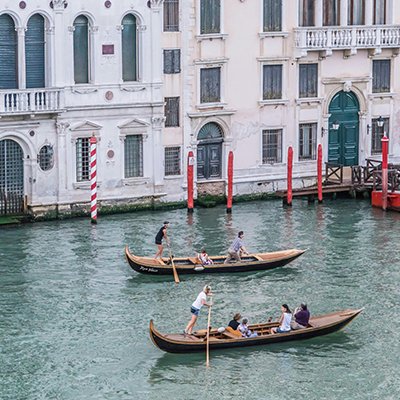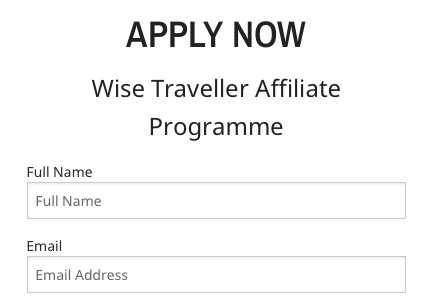Vacations are invaluable opportunities to relax, explore, and be enriched by other cultures. Yet, accessibility challenges can make this more difficult for some travellers. While many vacation destinations and services are committing to more inclusive options, this isn’t always a given.
It is, therefore, important to make some key preparations yourself. With a few additional actions, you can ensure you have the best chance to enjoy experiences that are in line with your needs.
Let’s take a closer look at planning an accessible vacation.
Research Accessible Destinations
While it’s important for all vacation options to be equally available to travellers, it remains the case that some destinations are more accessible than others. Therefore, it’s important to take the time to research your target locations for effective components. If necessary, make a list of your various day-to-day needs and challenges and measure these against resources available at different destinations.
This can include the navigability of cities and natural areas with consideration to any mobility challenges you live with. For instance, Edinburgh in Scotland has cobbled streets that visitors with wheelchairs may find uncomfortable. It’s also wise to look at what accessibility options public transport provides, which can be key to getting around conveniently and cost-effectively.
Hotels and vacation rentals should be key points of focus here, too. Some will have considerations for more widely-recognized accessibility elements, such as rooms designed for those in wheelchairs. However, hotels may not be suitable for other reasons. For instance, the bright colour design choices in rooms may not be positive for those who find such stimuli overwhelming. It’s worth digging a little deeper here to make certain you have a positive experience.

Build an Inclusive Itinerary
Naturally, you want your vacation to include a diverse range of experiences. However, some aspects of your health may dictate your activity choices. Even chronic pain conditions such as varicose veins can make walking for long periods uncomfortable. While there are various causes of such conditions — including genetics, age, and weight — the last thing you want is to exacerbate these through your activities. Therefore, it’s important to build your itinerary with mindfulness.
The good news is that many major cities are actively demonstrating a commitment to inclusivity in tourist activities. For instance, Sweden has a national objective on disability, which promotes equitable participation in society for those living with accessibility challenges. As a result, many of its major museums, parks, and restaurants maintain high standards of accessibility. It’s worth looking for such programs at your destination and building your itinerary with priority to businesses that participate.
There may be inclusive tour programs available that are specifically geared toward providing experiences for those with accessibility challenges. These groups often build their tours with additional resources and on a schedule that enables rest times between walking periods. Wherever possible, contact any tours you want to join in advance to enquire about what services they provide.
Keep Track of Your Health
Planning an accessible vacation is not just about ensuring there are resources already existing in the places you visit. It’s also about making certain that you empower yourself to have the best experiences while you’re there. The most positive accessible vacations are the result of shared responsibility between visitors and hosts. Therefore, it’s important to keep track of your health.
Certainly, a general mindfulness about how you’re feeling is helpful. However, you can also make effective health monitoring more practical by utilizing wearable devices. Smartwatches can provide you with real-time data on your heart rate, stress levels, and even blood pressure. Electrocardiogram (ECG) sensors can alert you to early signs of cardiovascular strain. This information enables you to make timely decisions about the activities you’re engaging in on vacation and the steps you should take to mitigate issues.

Conclusion
With a little additional planning, you can make sure your vacation meets your accessibility requirements. Research the general accessibility of locations in advance, including hotel and transportation options. Build your itinerary with an awareness of your needs and identify experiences that provide resources and options in line with these. Remember that monitoring your health can empower you to make real-time informed decisions. Your efforts here can help you to have a more inclusive and enriching vacation experience.















